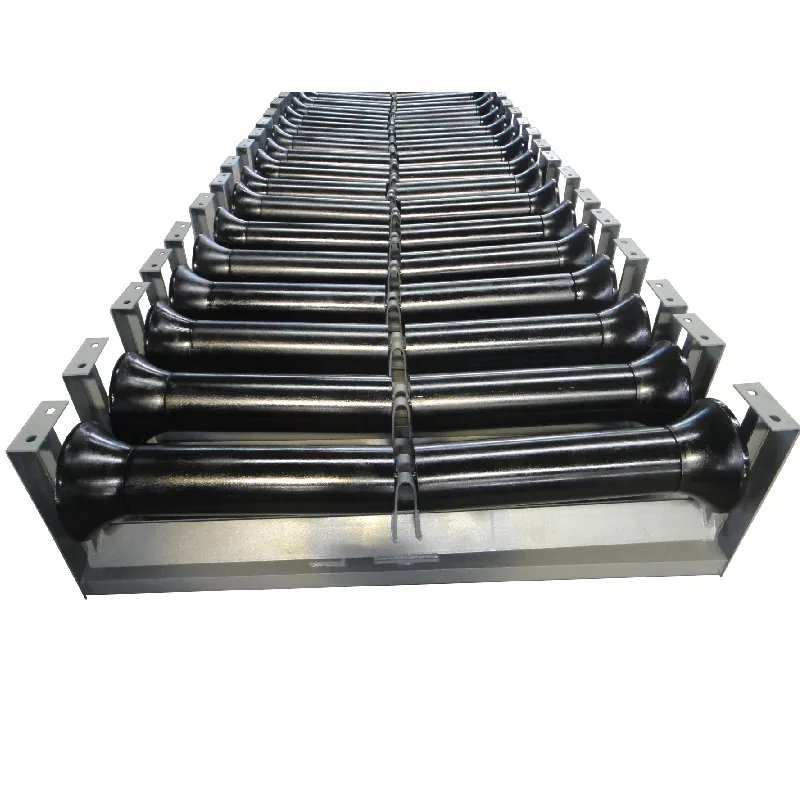 Afrikaans
Afrikaans  Albanian
Albanian  Amharic
Amharic  Arabic
Arabic  Armenian
Armenian  Azerbaijani
Azerbaijani  Basque
Basque  Belarusian
Belarusian  Bengali
Bengali  Bosnian
Bosnian  Bulgarian
Bulgarian  Catalan
Catalan  Cebuano
Cebuano  Corsican
Corsican  Croatian
Croatian  Czech
Czech  Danish
Danish  Dutch
Dutch  English
English  Esperanto
Esperanto  Estonian
Estonian  Finnish
Finnish  French
French  Frisian
Frisian  Galician
Galician  Georgian
Georgian  German
German  Greek
Greek  Gujarati
Gujarati  Haitian Creole
Haitian Creole  hausa
hausa  hawaiian
hawaiian  Hebrew
Hebrew  Hindi
Hindi  Miao
Miao  Hungarian
Hungarian  Icelandic
Icelandic  igbo
igbo  Indonesian
Indonesian  irish
irish  Italian
Italian  Japanese
Japanese  Javanese
Javanese  Kannada
Kannada  kazakh
kazakh  Khmer
Khmer  Rwandese
Rwandese  Korean
Korean  Kurdish
Kurdish  Kyrgyz
Kyrgyz  Lao
Lao  Latin
Latin  Latvian
Latvian  Lithuanian
Lithuanian  Luxembourgish
Luxembourgish  Macedonian
Macedonian  Malgashi
Malgashi  Malay
Malay  Malayalam
Malayalam  Maltese
Maltese  Maori
Maori  Marathi
Marathi  Mongolian
Mongolian  Myanmar
Myanmar  Nepali
Nepali  Norwegian
Norwegian  Norwegian
Norwegian  Occitan
Occitan  Pashto
Pashto  Persian
Persian  Polish
Polish  Portuguese
Portuguese  Punjabi
Punjabi  Romanian
Romanian  Russian
Russian  Samoan
Samoan  Scottish Gaelic
Scottish Gaelic  Serbian
Serbian  Sesotho
Sesotho  Shona
Shona  Sindhi
Sindhi  Sinhala
Sinhala  Slovak
Slovak  Slovenian
Slovenian  Somali
Somali  Spanish
Spanish  Sundanese
Sundanese  Swahili
Swahili  Swedish
Swedish  Tagalog
Tagalog  Tajik
Tajik  Tamil
Tamil  Tatar
Tatar  Telugu
Telugu  Thai
Thai  Turkish
Turkish  Turkmen
Turkmen  Ukrainian
Ukrainian  Urdu
Urdu  Uighur
Uighur  Uzbek
Uzbek  Vietnamese
Vietnamese  Welsh
Welsh  Bantu
Bantu  Yiddish
Yiddish  Yoruba
Yoruba  Zulu
Zulu Different Varieties of Conveyor Idlers and Their Impact on Material Handling Efficiency
Types of Conveyor Idlers Essential Components for Efficient Material Handling
Conveyor systems are integral to various industries, ranging from mining and agriculture to manufacturing and logistics. One of the most crucial components of these systems is the conveyor idler, which plays a vital role in supporting and guiding the belt that transports materials. This article explores the different types of conveyor idlers, their functions, and their significance in enhancing the efficiency of conveyor systems.
What are Conveyor Idlers?
Conveyor idlers are rolls that are positioned underneath a conveyor belt, designed to support the belt’s weight while reducing friction as materials are transported. Idlers are essential for maintaining proper belt alignment and preventing sagging, which can lead to various operational issues, including increased wear on both the belt and the idlers themselves.
Types of Conveyor Idlers
1. Standard Carrying Idlers These are the most commonly used idlers found in conveyor systems. Standard carrying idlers consist of a frame and rollers that support the material-carrying side of the belt. They are usually positioned at regular intervals along the conveyor line to maintain proper belt tension and support heavy loads.
2. Impact Idlers Designed to absorb shock and minimize the impact of heavy loads on the conveyor system, impact idlers are typically installed at loading zones. They feature a unique design to cushion the material and reduce belt wear, which is particularly important when handling heavy and abrasive materials.
types of conveyor idlers

3. Return Idlers These idlers support the return side of the conveyor belt, ensuring it remains aligned and reduces friction as it travels back to the load point. Return idlers are crucial for maintaining the overall balance of the conveyor system and preventing any misalignment that could result in operational inefficiencies.
4. Training Idlers Also known as alignment idlers, training idlers are used to help align the conveyor belt and prevent it from drifting off-center. These idlers are adjustable and typically feature a tapered roller design, leading to effective tracking for belt stability and overall operational efficiency.
5. Barrel Idlers With a barrel-shaped design, these idlers can help in controlling the material flow, especially in applications where material spillage is a concern. Their unique shape promotes efficient material loading and reduces the likelihood of belt misalignment.
6. Self-Aligning Idlers These idlers have a design that allows them to automatically adjust their position based on the belt’s alignment. They are particularly useful in maintaining proper belt tracking, reducing the need for manual adjustments, and increasing overall system reliability.
Importance of Conveyor Idlers
The selection of the appropriate idler type for a conveyor system can significantly affect operational efficiency, maintenance requirements, and overall longevity of the system. Properly functioning idlers minimize wear and tear on the conveyor belt, reduce energy consumption by lowering friction, and enhance the overall reliability of the material handling system. Furthermore, idlers contribute to safety by preventing potential material spillage and ensuring smooth operation.
In conclusion, conveyor idlers are critical components of any conveyor system, with various types designed to address specific functions and challenges. Understanding the different types of idlers and their applications can help businesses optimize their material handling operations, thereby improving productivity and reducing operational costs. As industries continue to evolve, the importance of selecting the right conveyor idler cannot be overstated, making them an essential focus in the design and maintenance of conveyor systems.
-
Revolutionizing Conveyor Reliability with Advanced Rubber Lagging PulleysNewsJul.22,2025
-
Powering Precision and Durability with Expert Manufacturers of Conveyor ComponentsNewsJul.22,2025
-
Optimizing Conveyor Systems with Advanced Conveyor AccessoriesNewsJul.22,2025
-
Maximize Conveyor Efficiency with Quality Conveyor Idler PulleysNewsJul.22,2025
-
Future-Proof Your Conveyor System with High-Performance Polyurethane RollerNewsJul.22,2025
-
Driving Efficiency Forward with Quality Idlers and RollersNewsJul.22,2025





























